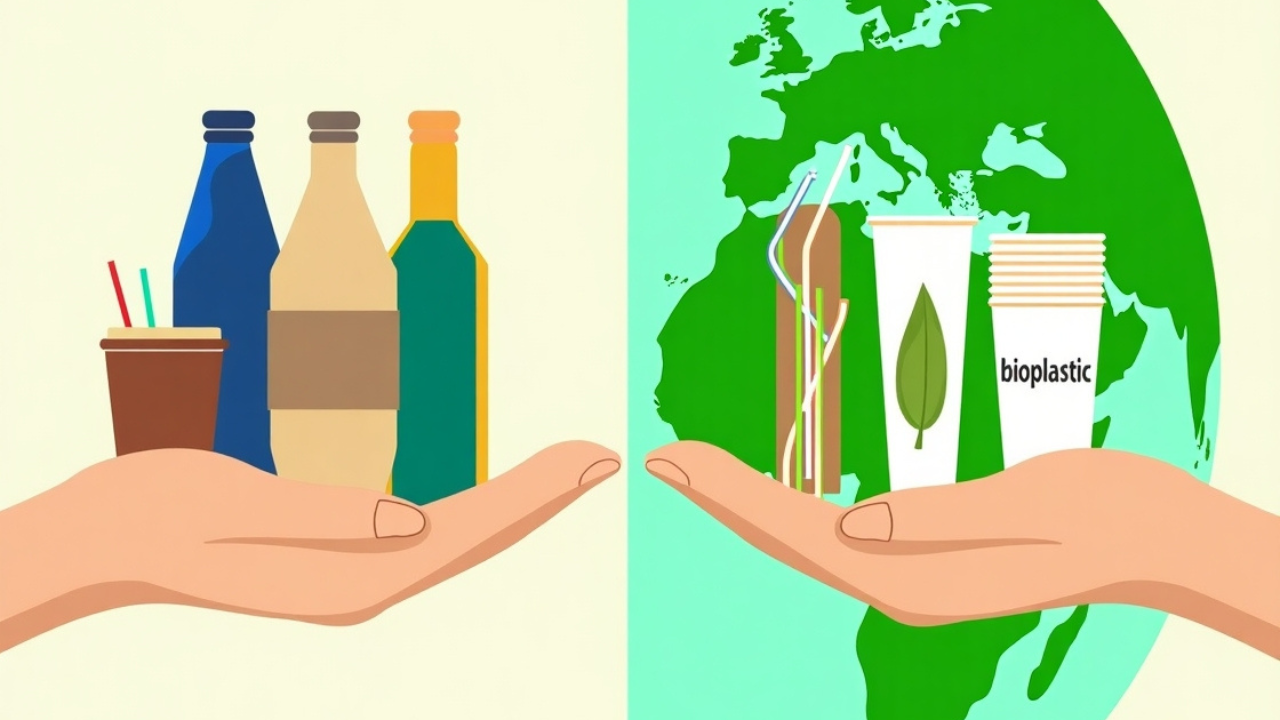The James Webb Space Telescope (JWST) has already transformed our view of the cosmos, but it is far from the end of humanity’s astronomical journey. As scientists push the boundaries of knowledge, the focus is turning toward future space telescopes like LUVOIR, HabEx, and other next-generation observatories. These cutting-edge instruments are designed to go beyond what JWST can achieve—ushering in a new era of discovery that may finally answer one of humanity’s greatest questions: Are we alone in the universe?
Why We Need Future Space Telescopes
JWST has been a triumph, but even its incredible sensitivity has limits. Future space telescopes are being envisioned to directly image Earth-like exoplanets, study their atmospheres for signs of life, and peer deeper into the origins of galaxies. With larger mirrors, advanced spectrographs, and novel technologies like starshades, these telescopes will allow us to explore cosmic mysteries with unprecedented precision.

In fact, future space telescopes will target challenges JWST cannot fully address, such as detecting faint biosignatures in distant planetary atmospheres, resolving star formation in greater detail, and mapping cosmic structures billions of years old. Each planned mission is designed to fill the gaps left by current observatories.
LUVOIR: The Large UV/Optical/Infrared Surveyor
One of the most ambitious future space telescopes is LUVOIR, envisioned as a giant multipurpose observatory. With proposed mirror sizes of 8 to 15 meters, LUVOIR would dwarf JWST. Its key goal is to directly image Earth-like exoplanets in habitable zones and analyze their atmospheres for water vapor, oxygen, methane, and other potential biosignatures.
Beyond exoplanets, LUVOIR would also study galaxy formation, dark matter, and dark energy. As one of the flagship future space telescopes, LUVOIR could redefine our understanding of the universe at every scale.
HabEx: The Habitable Exoplanet Observatory
HabEx takes a more focused approach than LUVOIR. Designed to specifically find and characterize Earth-like planets, HabEx will rely on two key innovations: a powerful coronagraph and a “starshade”—a large, flower-shaped shield that blocks a star’s light, allowing the faint glow of orbiting exoplanets to be observed directly.
This mission will be a landmark in the era of future space telescopes because it will give us the ability to not just detect exoplanets, but also study their atmospheric chemistry in detail. If life exists on another world, HabEx could be the first telescope to give us real evidence.

Beyond LUVOIR and HabEx: The Next Generation
While LUVOIR and HabEx dominate discussions, other future space telescopes are on the horizon:
- Origins Space Telescope (OST): Designed for infrared astronomy, OST would study the earliest stages of star and planet formation, as well as trace the chemical evolution of galaxies.
- Lynx X-ray Observatory: Focused on high-energy phenomena, Lynx would explore black holes, galaxy clusters, and the violent processes that shape the cosmos.
- Roman Space Telescope (Nancy Grace Roman Space Telescope): Already in development, Roman will explore dark energy, exoplanets, and wide-field surveys of the universe.
Each of these missions illustrates the diversity of goals that future space telescopes will pursue—ranging from the hunt for life to unraveling the mysteries of cosmic evolution.
The Search for Life Beyond Earth
Perhaps the most exciting aspect of future space telescopes is their potential to answer the age-old question of whether we are alone in the universe. By studying the atmospheres of distant exoplanets, scientists may detect chemical imbalances or gases that hint at biological activity. JWST is already beginning this work, but future space telescopes like LUVOIR and HabEx are being designed with this mission at their core.
The ability to directly observe Earth-sized worlds and look for biosignatures could be the most profound breakthrough in the history of science. Humanity stands on the threshold of a discovery that could change our perspective on life forever.

Beyond Science: Global Collaboration and Inspiration
The development of future space telescopes is not just a scientific endeavor but also a global one. Building observatories of this scale requires international collaboration, technological innovation, and massive investment. Yet the rewards—new knowledge, technological spinoffs, and the inspiration of exploring the unknown—are incalculable.
Just as Hubble inspired generations and JWST has awed the world, future space telescopes promise to ignite imaginations and expand humanity’s vision of the cosmos.
Conclusion
The James Webb Space Telescope is a milestone, but it is only the beginning. LUVOIR, HabEx, and other future space telescopes represent humanity’s boldest ambitions to explore the universe. They will allow us to see farther, sharper, and deeper than ever before—possibly even revealing signs of life beyond Earth.
As we look ahead, one thing is clear: the next chapter of astronomy will be written by the future space telescopes that take us beyond JWST into realms of discovery we can scarcely imagine today.







